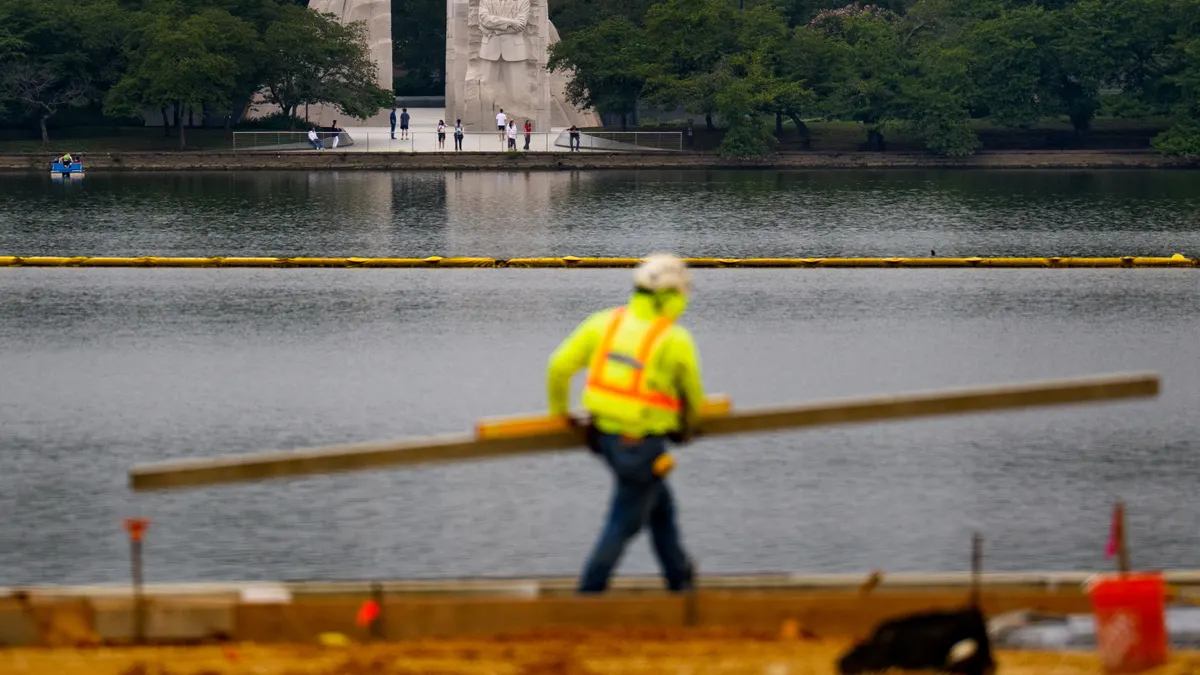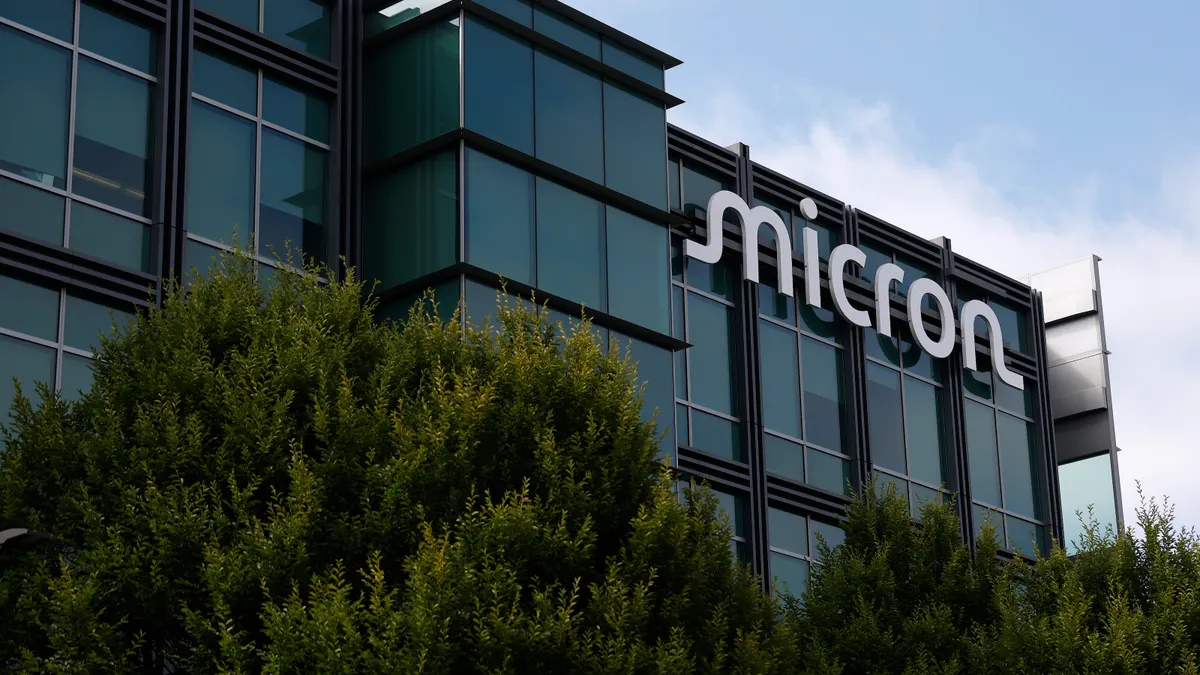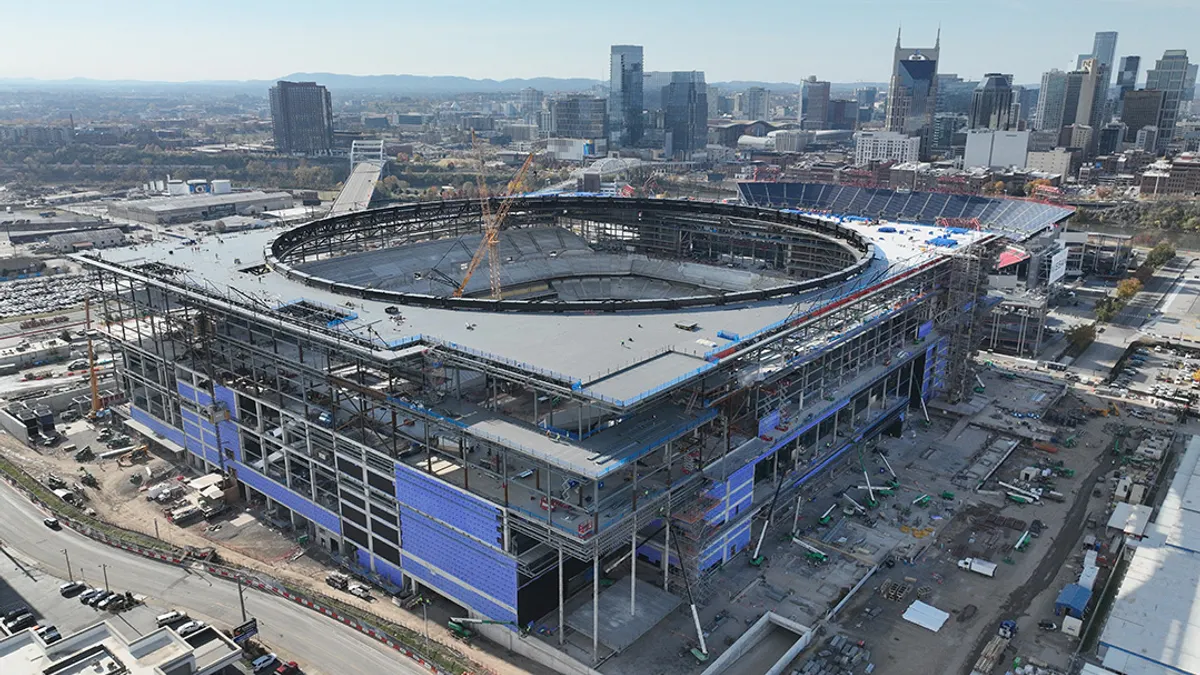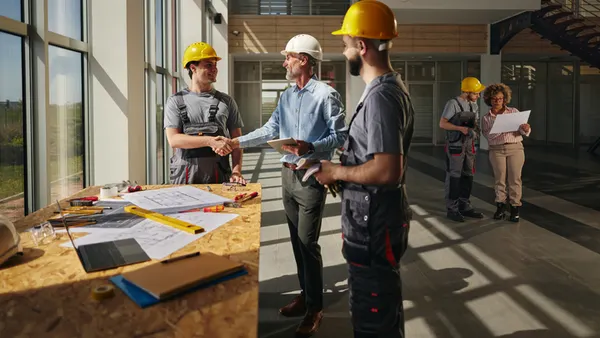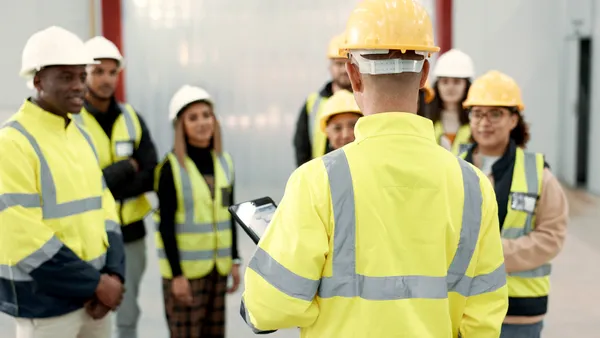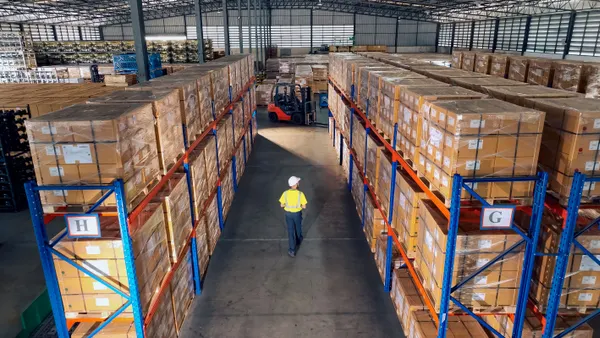Dive Brief:
- Ramped-up immigration enforcement has impacted nearly a third of construction firms, according to a survey released Aug. 28 by the Associated General Contractors of America and the National Center for Construction Education and Research.
- Labor shortages remain the leading cause of project delays, with 45% of contractors citing worker gaps as the cause. Ninety-two percent of respondents reported difficulty filling open positions.
- The survey underscores how labor issues and immigration enforcement overlap with broader policy pressures such as tariffs, which 16% of firms say have already forced project changes, according to the report.
Dive Insight:
Construction workforce shortages have long been a major headache on project delivery. Escalated immigration enforcement has only intensified the problem, AGC leaders said during the event.
That’s causing projects of all types to hit slowdowns, said Ken Simonson, AGC chief economist, in the virtual event briefing. About 88% of firms report having openings for craft construction workers and 80% of firms have openings for salaried workers, he added.
Contractors are responding to shortages with higher wage offers and more investment into training.
Seven out of eight firms raised base pay as much or more than they did a year earlier, according to the report. Another 42% increased training budgets and more than half turned to social media and career-building programs at school.
Training improvements can both ease immediate pressures and provide workers with lasting careers, said Boyd Worsham, president and CEO of NCCER, during the event.
“People are investing more in training and educating their workforce and developing their people,” said Worsham. “I think that’s a good thing because that makes people better, more proficient in their jobs.”
But it won’t be enough, especially with stepped-up immigration enforcement, according to the report.
One in 10 construction firms use visa programs such as H-2B, largely due to approval difficulty. That’s leaving many firms exposed to enforcement activity that has already affected 28% of respondents, according to the report.
Effects are more pronounced depending on region. For example, heightened immigration enforcement over the past six months impacted about 75% of firms in Georgia, compared to just 8% in Idaho, according to the report.
Simonson called for Congress to double career and technical education funding and pass a new Workforce Innovation and Opportunity Act. Today, 10% of funds spent through this law go to training programs. Simonson advocated to increase that to at least 50%.
He also urged lawmakers to establish a construction-specific visa program to help alleviate the fears.
“Congress and the Trump administration must provide more lawful pathways for people to enter into, or remain in, the country to work in construction,” Simonson said during the event. “This should include establishing a new, construction-specific temporary work visa program. And it should include a pathway for people already in the country.”



